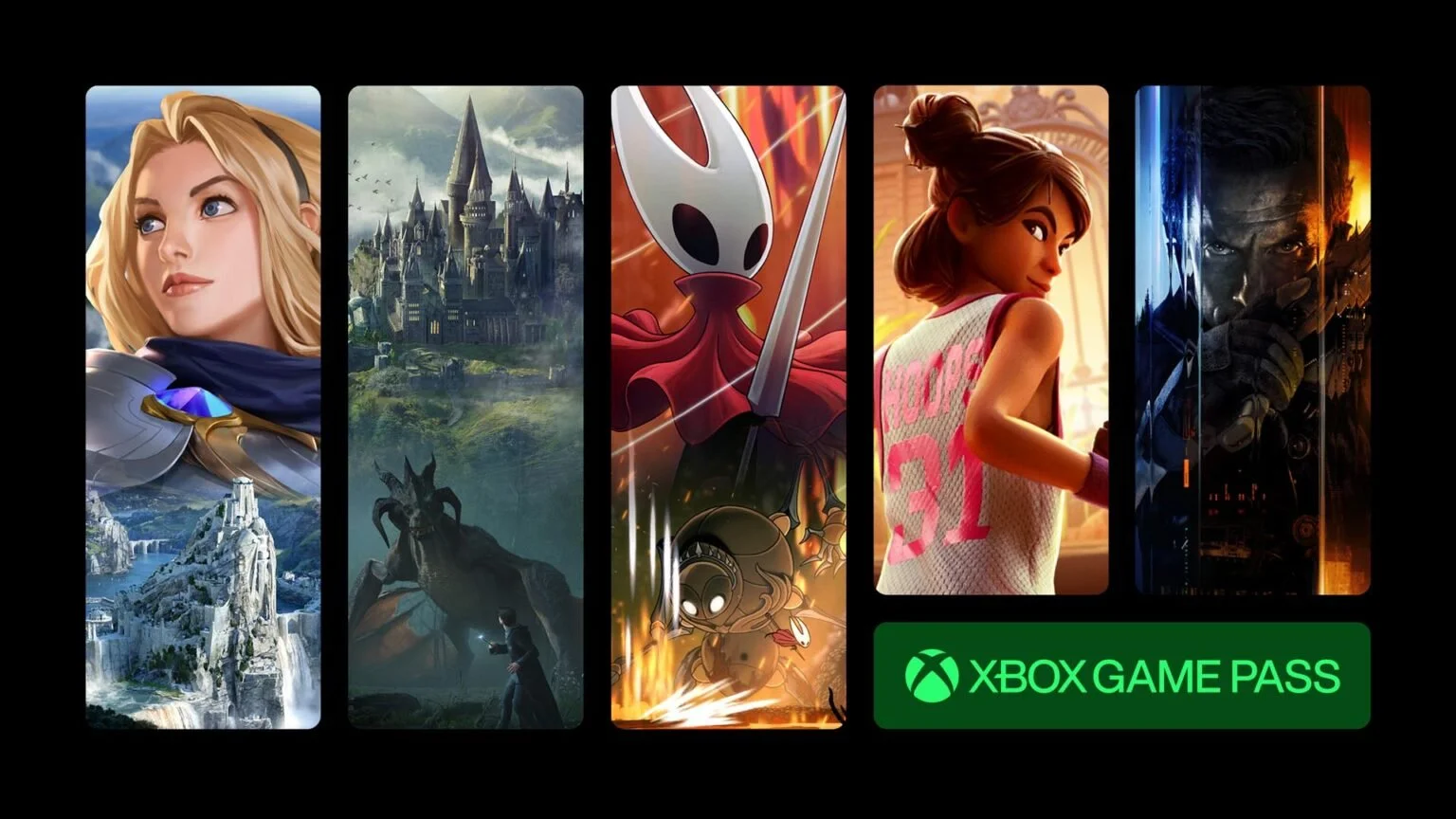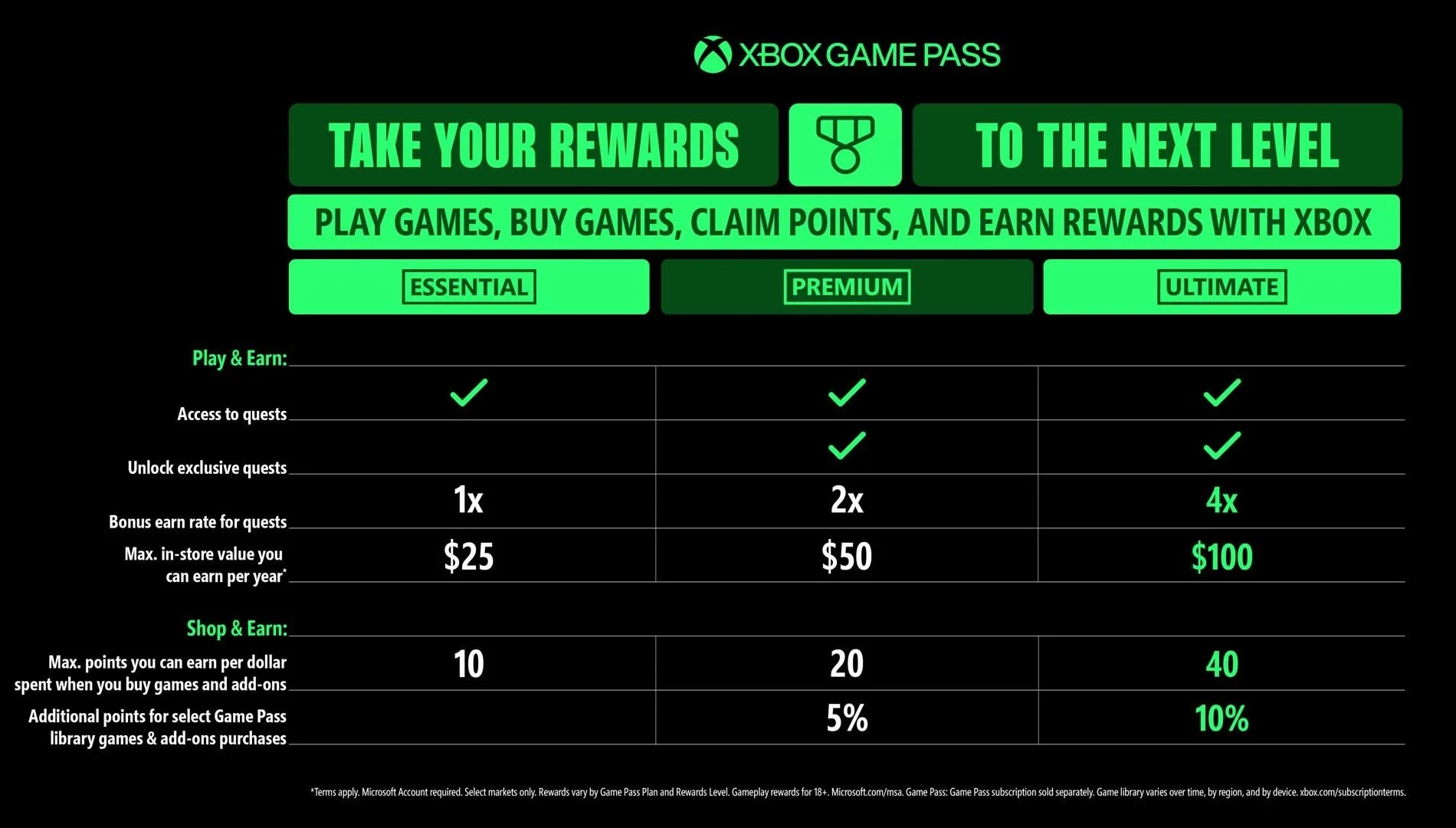Xbox Game Pass Overhauled: Price Hike, Rebrand, and the Future
Microsoft has shaken the subscription gaming world with its boldest move yet. Xbox Game Pass, the service that redefined how players access games, is being rebranded and repriced. As of October 1, 2025, the Ultimate tier now costs $29.99 per month, up from $19.99, while the Core and Standard tiers have been renamed and restructured with new features.
This change isn’t just about price — it’s about how Microsoft envisions the future of digital gaming.
Key Changes at a Glance
Ultimate jumps 50% — now $29.99 per month, with Ubisoft+ Classics, Fortnite Crew, day-one titles, and 1440p cloud streaming.
Core becomes Essential, Standard becomes Premium — both tiers gain larger game libraries and access to cloud play.
PC Game Pass rises too — from $11.99 to $16.49 monthly, with Ubisoft games added.
The Strategy Behind the Shock
Microsoft’s decision to raise prices so aggressively isn’t just about stuffing more features into bundles, it also speaks to evolving assumptions in the subscription-gaming era.
Monetizing scale and exclusivity
Price hikes of this scale are never made lightly, and Microsoft’s decision reflects several converging pressures. At its heart, this is a story about the true cost of content. Over the last several years, Microsoft has invested heavily in its gaming portfolio, acquiring major publishers like Bethesda and Activision Blizzard. Those deals didn’t just expand the library — they raised expectations. With titles like Call of Duty: Black Ops 6 and Doom: The Dark Ages arriving on Game Pass, Microsoft is no longer offering just a back catalog of older releases. It is delivering new, premium content on day one, and that requires a new financial model.
The company is also layering in third-party services such as Ubisoft+ Classics and Fortnite Crew. Bundling these into Game Pass Ultimate makes sense strategically, but it also raises Microsoft’s licensing costs. By increasing the price of subscriptions, the company is passing those costs along to users while trying to frame the service as an all-in-one package that delivers more than just access to Xbox titles.
There is also a broader industry context. Subscription fatigue is a buzzword across entertainment, but the reality is that most services, from Netflix and Disney+ to Spotify, have steadily raised prices over the last two years. Consumers have adjusted to the idea that premium streaming lives in the $20–$30 per month range. By lifting Game Pass into that bracket, Microsoft is aligning gaming with broader digital consumption trends.
Finally, infrastructure plays a role. Xbox Cloud Gaming has shed its “beta” label and now supports 1440p streaming at higher bitrates. Delivering that level of service is not cheap. Data centers, server upgrades, and bandwidth investments add up. The new subscription prices are, in part, funding the technology that underpins the future of Xbox gaming.
How the New Tiers Work
The rebrand of Xbox Game Pass tiers is more than just a name change. It represents a deliberate reshaping of the ecosystem. Core is now Essential, and while it retains its position as the entry-level option, it has been expanded to include a larger rotating catalog of games alongside online multiplayer access. Essential is no longer just a glorified Xbox Live Gold replacement; it’s a slimmed-down subscription tier meant for players who want consistent access to a handful of titles and the ability to play online with friends.
Standard has been renamed Premium, and this tier may become the sweet spot for many subscribers. At $14.99 a month, Premium includes access to a far larger library of more than two hundred games, as well as cloud streaming. While it lacks the day-one releases that make Ultimate so attractive, it is clearly positioned as the tier for those who want breadth without breaking the bank.
At the top of the pyramid sits Ultimate, which has transformed from the obvious default choice into what now feels like a luxury tier. At $29.99, it is no longer priced for casual users. Instead, it’s marketed toward dedicated players who want everything: day-one releases of first-party Xbox titles, Ubisoft+ Classics, EA Play, Fortnite Crew, enhanced cloud streaming, and loyalty perks that Microsoft values at up to $100 a year. For those who live inside Game Pass, Ultimate is still an attractive package. For everyone else, the jump in price will be difficult to justify.
PC Game Pass has also seen a steep increase, moving from $11.99 to $16.49 a month. The addition of Ubisoft’s portfolio and continued day-one releases ensures that it remains compelling, but PC players who were used to Game Pass being an inexpensive complement to Steam or Epic Games may now think twice about keeping their subscriptions active year-round.
The Community’s Response
Gamers are rarely shy about voicing opinions, and the reaction to these changes has been predictably mixed. For many long-time subscribers, the 50 percent jump in Ultimate pricing has triggered immediate sticker shock. Social media feeds and Reddit threads are full of comments from players planning to downgrade to Premium or cancel altogether.
At the same time, defenders of the service point out that even at $30 a month, Game Pass still represents good value for players who engage heavily with the catalog. Two brand-new AAA releases can easily cost $140 combined, meaning that an Ultimate subscription pays for itself if those games are available on day one. For gamers who treat Game Pass as their main platform, the economics continue to make sense.
Developers are watching closely, too. Independent creators have long debated whether Game Pass helps or hurts them. On one hand, it provides exposure and access to audiences that might not otherwise try their games. On the other, it risks undercutting direct sales. The increased cost of Game Pass could intensify those debates, as indies question whether Microsoft is extracting more money from consumers without improving revenue share for the people actually making the games.
Industry Implications
What Microsoft has done with Game Pass could have ripple effects far beyond Xbox. Subscription services have always been a delicate balancing act: the more attractive the offering, the more expensive it becomes to maintain. By boldly pushing its flagship tier to $30 a month, Microsoft has tested the limits of how much players are willing to pay for access. If it succeeds in holding subscribers, Sony and other companies may feel emboldened to raise prices on their own services, such as PlayStation Plus.
The move also reinforces the idea that subscription gaming is no longer a secondary model but the centerpiece of the industry’s future. Microsoft wants players to think of Game Pass the way they think of Netflix or Spotify: as a default monthly utility that delivers ongoing entertainment. Whether consumers buy into that vision depends not only on pricing, but also on Microsoft’s ability to keep the catalog fresh with must-play titles.
There is risk here, too. Higher prices mean higher expectations. If subscribers feel that new releases are delayed, that the library is padded with filler, or that technical performance doesn’t match promises, cancellations could accelerate. In a market where subscription fatigue is real, the danger of churn looms large. Microsoft may have to lean on aggressive promotions, free trials, or loyalty bonuses to keep players engaged.
Finally, there are global considerations. In markets where $30 a month is a significant cost, Microsoft may face backlash or reduced adoption. Localized pricing strategies will be key to ensuring Game Pass remains viable worldwide. Without them, the growth potential of the service could stall, leaving Xbox reliant on North America and Europe for the bulk of its subscription revenue.
A Defining Moment for Xbox
The rebrand and price increase of Xbox Game Pass may ultimately define how the service is remembered. For years, it was celebrated as the best deal in gaming, a subscription that offered incredible value at a price that seemed almost too good to be true. Now, Microsoft is testing whether that value proposition can survive at premium pricing.
For dedicated gamers who rely on Game Pass as their primary platform, Ultimate remains compelling. For casual players, Premium or Essential may be enough. But for everyone, the underlying truth is the same: the Game Pass of old is gone. The service has evolved into something bigger, more ambitious, and undeniably more expensive.
Whether this gamble cements Game Pass as the future of gaming or risks alienating the very audience it was built for will depend on what Microsoft delivers in the months ahead. The next wave of day-one releases, the continued performance of cloud gaming, and the breadth of Ubisoft and EA content will all determine whether $30 a month feels justified or excessive.
To Wrap Things Up
Xbox Game Pass has entered a new era. What began as an affordable experiment in subscription gaming has matured into a high-cost, high-content service. The rebrand and price increases reflect the realities of delivering blockbuster games, expanding cloud infrastructure, and partnering with major publishers. They also reflect Microsoft’s confidence that players will continue to pay for access rather than ownership.
The value is still there for those who fully embrace the service, but the days of calling Game Pass “the best deal in gaming” may be behind us. Instead, it has become a premium offering aimed at committed players willing to treat gaming like any other digital subscription.
For some, that’s a fair trade. For others, it’s a deal-breaker. One thing is certain: the conversation around Xbox Game Pass has changed forever.
I created this website as I feel the state of the games industry and games reporting as a whole has gotten overly negative and full of clickbait. While I understand both of these are a great way to generate engagement, it’s a detriment to those gamers (like myself) that are just trying to enjoy games and not have to worry about the negativity of the current state of the gaming industry. I want a space where gamers can come for unbiased news that doesn’t rely on clickbait or rumours with a dash of humour and have the opportunity to share their passion for games.



